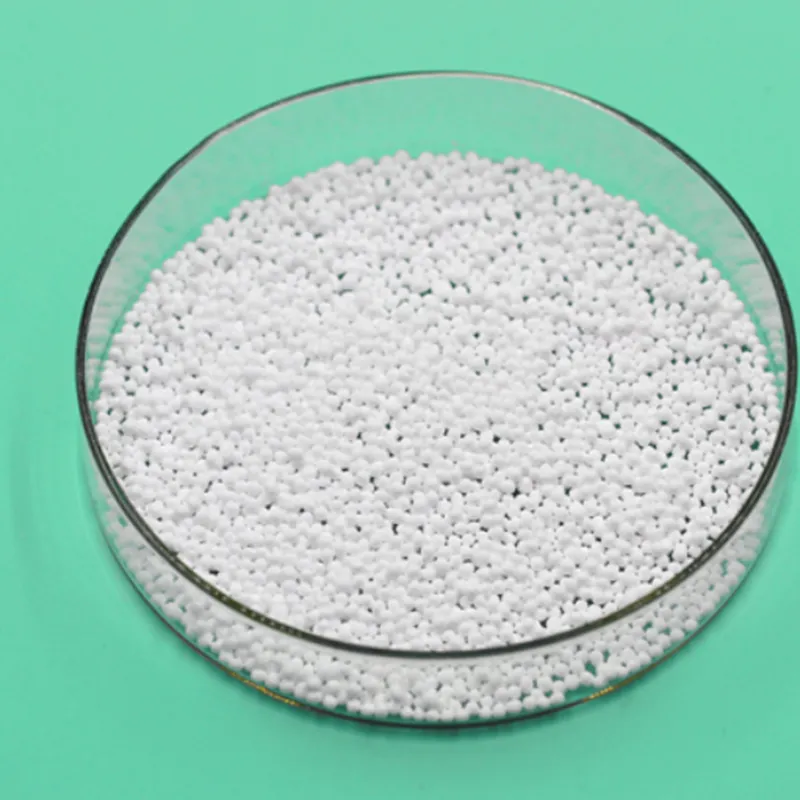
Exploring the Role and Applications of Acidity Regulator Ins 330 in Food Industry
Understanding Acidity Regulator INS 330 A Comprehensive Overview
Acidity regulators play a crucial role in the food and beverage industry, ensuring products maintain their desired taste, texture, and shelf life. One such important acidity regulator is INS 330, also known as citric acid. Derived primarily from citrus fruits, citric acid is a natural organic compound that not only enhances flavor but also serves as a preservative and an antioxidant.
Chemical Properties and Uses
INS 330, or citric acid, is characterized by its chemical formula C6H8O7. It is a weak organic acid that exists in three different ionic forms, depending on the pH level of the solution. In its pure form, citric acid appears as a white crystalline powder, which is highly soluble in water. This property makes it particularly useful in various applications across different industries.
In the food and beverage sector, INS 330 is utilized primarily for its acidity-modifying abilities. It provides a tart flavor that enhances the overall taste profile of a product, making it particularly popular in soft drinks, candies, and various processed foods. Beyond flavor enhancement, citric acid also acts as a stabilizing agent, preventing spoilage by providing an environment unsuitable for microbial growth.
Moreover, INS 330 has significant applications in the culinary world. Home cooks and professional chefs alike often use citric acid to enhance the flavor of dishes, balance acidity, and preserve the freshness of ingredients. It can also prevent browning in fruits and vegetables, making it an essential ingredient in food preservation techniques.
Health and Safety Considerations
acidity regulator ins 330

Citric acid, as INS 330, is generally recognized as safe (GRAS) by food safety authorities, including the FDA and the European Food Safety Authority (EFSA). However, while it is safe for consumption in moderate amounts, excessive intake can lead to gastrointestinal discomfort for some individuals. Individuals with certain health conditions, such as citric acid hypersensitivity or renal disease, should consult a healthcare professional before consuming products containing citric acid.
Additionally, citric acid is often used in cleaning products and cosmetics due to its natural antibacterial properties. This showcases its versatility beyond the culinary realm, promoting hygiene and freshness in various applications.
Environmental Impact and Sustainability
The production of INS 330 typically involves fermentation processes using carbohydrates derived from natural sources, such as sugar beets or corn. This method ensures that citric acid can be produced sustainably, minimizing the environmental impact associated with synthetic chemical production. Moreover, as a natural product, it fits into the growing consumer trend towards clean-label and minimally processed food products.
As sustainability becomes a more significant consideration for manufacturers and consumers alike, INS 330 stands out as an eco-friendly alternative to many synthetic additives. Its natural origins and multifunctional properties contribute to a safer food supply chain while adhering to consumer demands for transparency and health-conscious options.
Conclusion
In conclusion, INS 330, or citric acid, is an invaluable acidity regulator that enhances flavor, preserves food, and stabilizes products across various industries. Its safety, versatility, and sustainability make it a preferred choice among manufacturers and consumers. As the food industry continues to evolve towards healthier and more sustainable practices, INS 330 will undoubtedly maintain its crucial role in ensuring the quality and safety of our food. Whether you are a manufacturer, a chef, or simply a food enthusiast, understanding the benefits of INS 330 can enhance your appreciation for the science of food and flavor.
-
nitrile-rubber-honoring-strict-production-standardsNewsAug.22,2025
-
aspartame-ingredients-honoring-food-safety-valuesNewsAug.22,2025
-
fertilizer-for-balanced-plant-nutritionNewsAug.22,2025
-
cyanide-gold-processing-with-high-purity-additivesNewsAug.22,2025
-
formic-acid-in-textile-dyeing-applicationsNewsAug.22,2025
-
aluminum-hydroxide-gel-in-skincare-productsNewsAug.22,2025
-
Regulatory Compliance for Global Mining Chemicals UseNewsAug.12,2025
Hebei Tenger Chemical Technology Co., Ltd. focuses on the chemical industry and is committed to the export service of chemical raw materials.
-

view more DiethanolisopropanolamineIn the ever-growing field of chemical solutions, diethanolisopropanolamine (DEIPA) stands out as a versatile and important compound. Due to its unique chemical structure and properties, DEIPA is of interest to various industries including construction, personal care, and agriculture. -

view more TriisopropanolamineTriisopropanolamine (TIPA) alkanol amine substance, is a kind of alcohol amine compound with amino and alcohol hydroxyl, and because of its molecules contains both amino and hydroxyl. -

view more Tetramethyl Thiuram DisulfideTetramethyl thiuram disulfide, also known as TMTD, is a white to light-yellow powder with a distinct sulfur-like odor. It is soluble in organic solvents such as benzene, acetone, and ethyl acetate, making it highly versatile for use in different formulations. TMTD is known for its excellent vulcanization acceleration properties, which makes it a key ingredient in the production of rubber products. Additionally, it acts as an effective fungicide and bactericide, making it valuable in agricultural applications. Its high purity and stability ensure consistent performance, making it a preferred choice for manufacturers across various industries.





